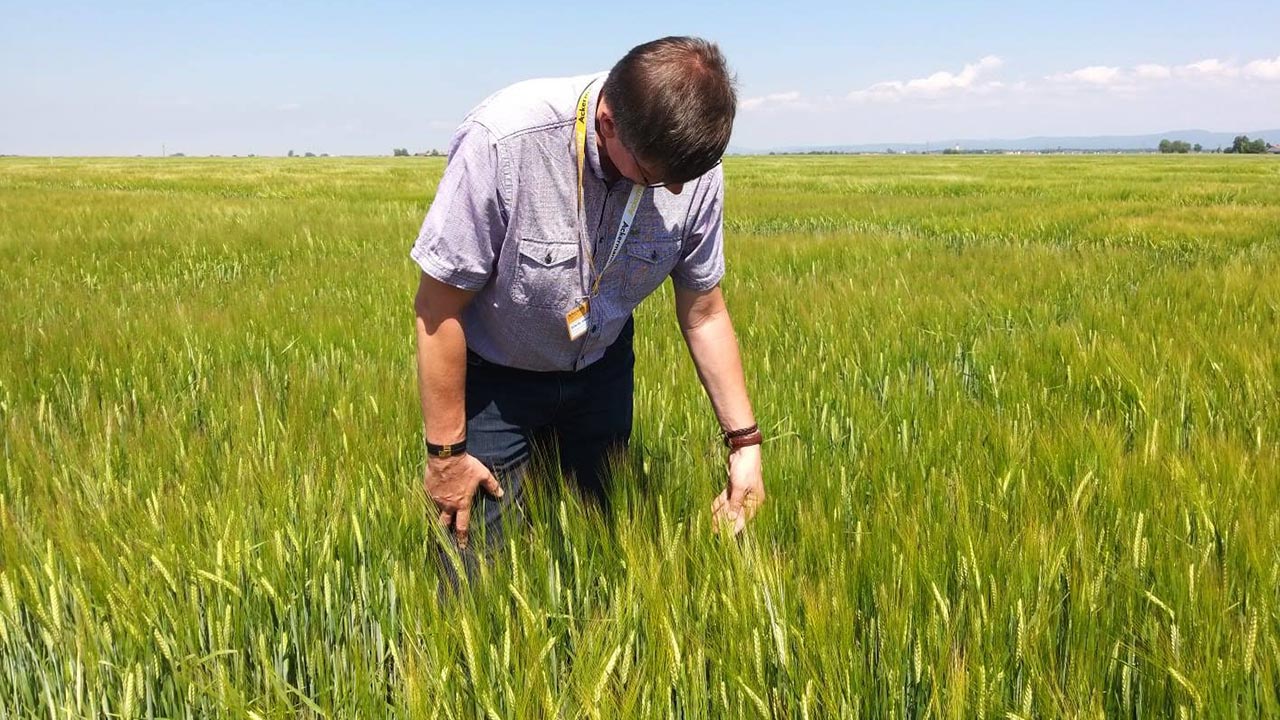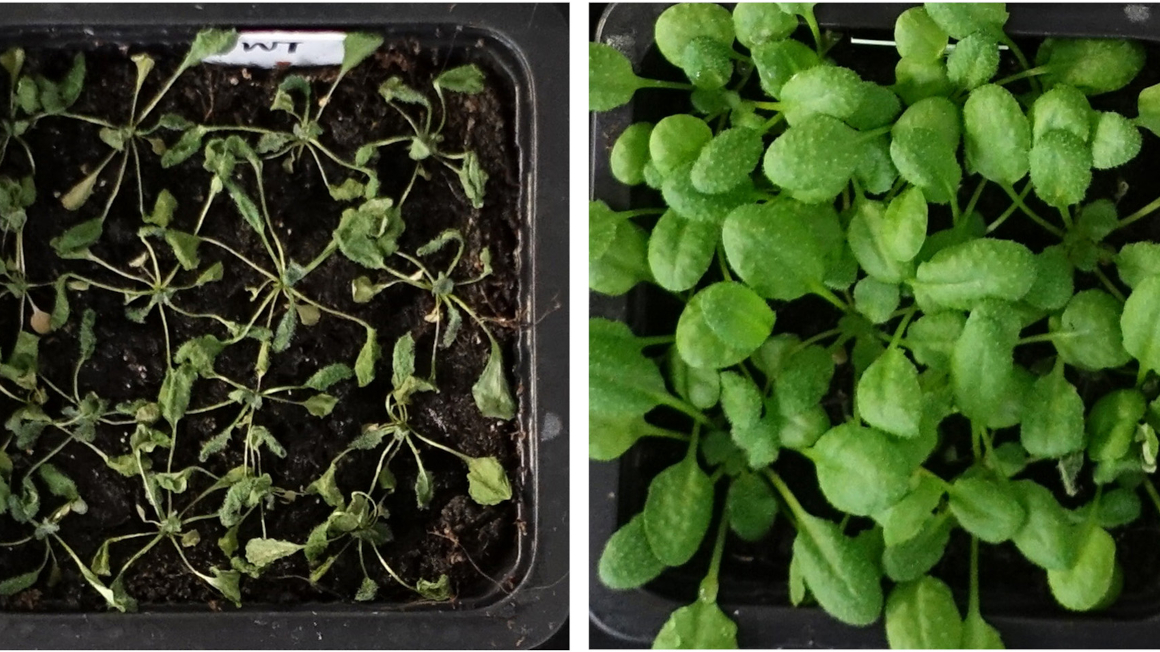Improved photosynthesis leads to better performing barley
A European research network aims to optimize ozone tolerance, photosynthetic performance and stem quality in barley.

The European Union invests 6 million euros in a research network that aims to improve the barley cereal plant in several respects by 2028. BEST-CROP (Boosting photosynthESis To deliver novel CROPs for the circular bioeconomy) is the name of the project involving 18 European plant breeding companies, straw processing companies and academic plant research institutions. They want to adapt barley to dry climates, increase its yields and optimize the stalks for material use.
Barley grows on one tenth of EU arable land
Barley is grown on about one tenth of the arable land in the European Union. The grain yield is a good 55 million tons a year, and a similar amount of straw is produced. The project participants are convinced that these yields can be increased even further through optimized plants.
The first goal of the project, however, is to stabilize crop yields in times of climate crisis: dry weather always leads to increased ozone concentrations in the air near the ground. This reactive gas is just as unhealthy for plants as it is for humans. It also impairs photosynthesis and thus plant growth. The project team therefore wants to modify the stomata of the leaves so that ozone can no longer penetrate so easily and the barley becomes more tolerant of the gas.
More biomass, better biomass
The second goal is to optimize the photosynthetic performance of barley in general and thus enable the plants to build up biomass more strongly and more quickly. At the end of the project, highly productive breeding lines should be available. The knowledge gained in the process could also be transferred to other cereal species.
The third goal concerns barley straw. This residual material from food production serves as a raw material for biobased chemicals in the bioeconomy. Since this is a comparatively recent use, no high-yielding varieties have been optimized for this purpose in the centuries of barley breeding, but rather bred exclusively for grain yield. The project participants want to change that and adapt the barley so that its straw is particularly useful for bioeconomic applications.
Faster to new varieties with gene editing
In terms of methodology, the team is relying on natural as well as induced genetic variation and the possibilities offered by modern gene editing techniques such as CRISPR/Cas9. This way, the results of the research should lead to new barley lines for plant breeding in a comparatively short time.
bl


